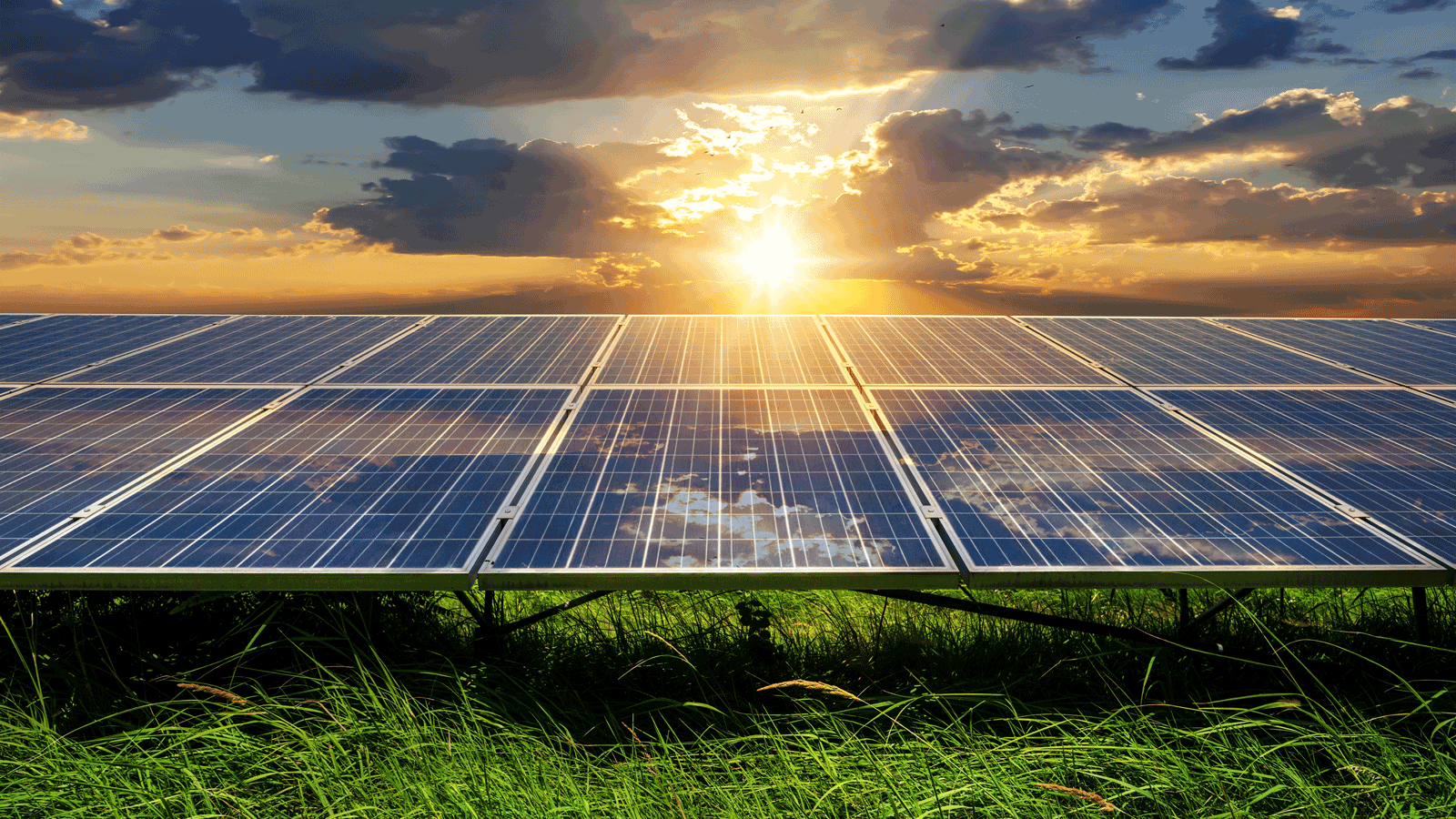
By E+T Editorial Team Mon 5 Feb 2024
Collected at : https://eandt.theiet.org/2024/02/05/orbiting-sunlight-reflectors-could-boost-energy-produced-solar-farms
The University of Glasgow team said the plan could help accelerate the transition to net zero and significantly boost the output of future large-scale solar farms.
Their models showed that putting 20 gossamer-thin reflectors into orbit 1,000 kilometres from the surface of the Earth could reflect sunlight to solar farms for an extra two hours each day on average. The additional sunlight could boost the output of the world’s future solar farms, particularly after sunset when electricity demand is high. The output could be scaled up further by adding more reflectors or increasing their size.
The reflectors would maintain at an orbit close to the Earth’s ‘terminator line’ – the boundary where daylight on one side of the planet transitions into night on the other – in an arrangement known as a Walker constellation.
Walker constellations are widely used in technologies such as satellite communication systems, where groups of equally spaced satellites form rings around the Earth to ensure consistent communication with the surface.
The team developed an algorithm to determine how the reflectors could be arranged in the constellation and angled to catch the sun’s rays most effectively, maximising the additional sunlight reflected to solar power farms around the Earth in the early morning and late evening.
The researchers suggest that the 20 reflectors could generate an extra 728MWh of electricity a day – the equivalent of adding an additional large-scale solar power farm to Earth without the associated cost of construction.
Dr Onur Çelik, corresponding author of the paper, said: “Solar power has the potential to be one of the key accelerators in our race to reach net zero, helping us to mitigate the global impacts of climate change by reducing our reliance on fossil fuels.
“The price of solar panels has dropped quickly in recent years, increasing the pace of their adoption and paving the way for the creation of large-scale solar power farms around the world.
“One of the major limitations of solar power, of course, is that it can only be generated during daylight hours. Putting orbiting solar reflectors in place around the Earth would help to maximise the effectiveness of solar farms in the years to come. Strategically placing new solar farms in locations which receive the most additional sunlight from the reflectors could make them even more effective.”
In October, an analysis found that carbon emissions from the global power sector may have peaked in 2023 , as wind and solar generation continue to grow and offset the need to generate energy from fossil fuels.

Leave a Reply